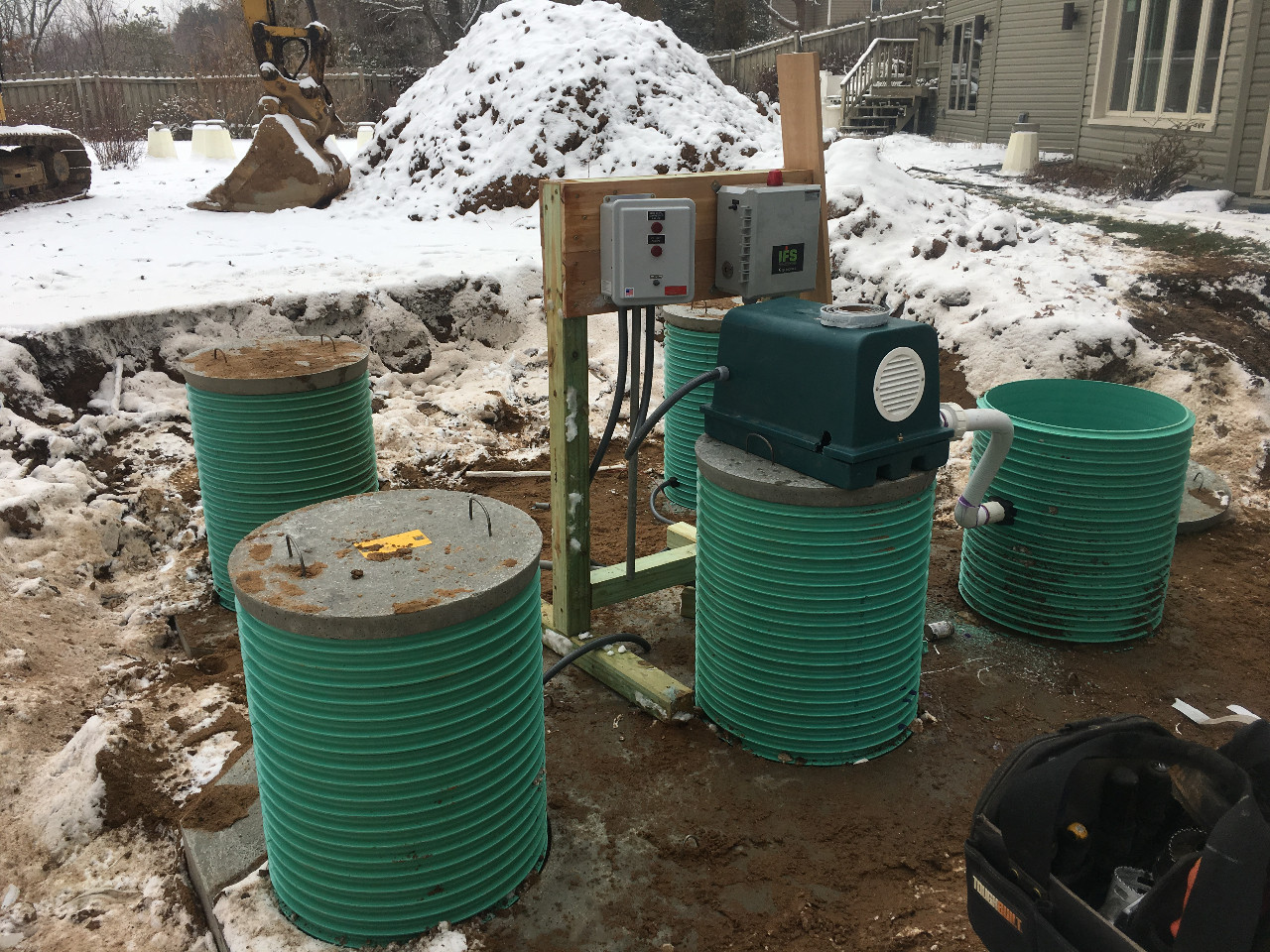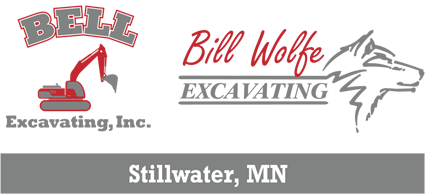
Expert Septic Installation
November 28, 2023
Hire Professional Excavation Contractors
January 31, 2024Installation, maintenance, and repair of storm drains

The purpose of storm drains is to prevent rainwater from accumulating and flooding your home or surrounding areas. Maintenance of storm drains will protect your property and ensure that excess water is safely directed to the correct destinations to prevent flooding.
A clogged drainage system could cause serious damage to your home or yard. A properly maintained drainage system will prevent water damage to your home. Water damage can be expensive to repair.
What is a storm drain?
The grated drains that you see almost everywhere on the street collect water when it rains. They are vital during storms, as they drain the rainwater from the streets which would otherwise flood. Both the gutters on your home and the rest need a place to drain water during heavy rains. Most likely, your property has a storm drainage system that serves as a catch-basin and connects to the main storm drain on your street.
How do storm drains become clogged?
It’s possible that you won’t realize your drain is clogged unless there has been a heavy rain and it isn’t working correctly. Storm drains can be clogged by a variety of debris including leaves, dirt, mud and twigs. A seriously backed up storm drain could cause flooding on your property. It is important to check your drains regularly to avoid any future issues.
Storm Drainage Basics
The storm drainage system is the part of your plumbing system that removes excess water from flat surfaces. This can be caused by rain or irrigation systems (sprinklers). Rain gutters are the part of storm drainage that you probably know best. The rain from the roof falls and collects on the ground. Instead, the gutters and downspouts direct the water to the main drain in the storm drainage system. The water is removed from your property by other drains and sent to this large drain which runs underground to connect with the municipal drainage system.
Blocked and Broken Storm Drain
The debris in a storm drain, such as leaves, dirt and rocks, can cause it to become clogged. It is a common problem in the fall but can occur at any time, especially after heavy rains wash soil, gravel and grass into the drains. Your storm drains also need routine cleaning in order to remove the debris buildup that can lead to clogs. You can do the obvious jobs like clearing leaves from the drains, after a rain. We recommend that you hire a professional plumber to do regular inspections. This will help you to identify areas where deeper cleaning is needed to prevent potential problems.
A professional will also be needed to fix broken sewer pipes. You may have a broken sewer pipe if water doesn’t drain properly, and you can’t find any leaves, mud or other debris. Call Bell Excavating to avoid being caught in the next storm.
Storm Drainage Professionals
It’s possible that your drainage system is not able to handle the water flowing through it because it was installed incorrectly. It’s not something that amateurs can do. Call a professional if you think your storm drain system needs upgrading.
Some professionals do not work with storm drain systems. Bell Excavating can fix storm drain issues and improve your storm drainage.
Storm Drain Maintenance
By cleaning your storm drains periodically, you can avoid clogs. The system must be open from your gutters to your storm drains. Leaves and debris can cause gutters to become clogged, causing water to overflow. It is important to clean your gutters so that runoff can flow down into the larger drainage system.
Storm drains and wash basins should be free of clogs, just like gutters. Follow these steps to clear your storm drains.
- Get rid of all debris and trash
- Clear away any vegetation that may be around the drain. It could cause it to clog.
- Avoid building walls or fences around drainage areas. This can cause obstruction.
The Consequences Of Clogged Storm Drains
If your storm drains are clogged up with debris, water cannot be collected, causing severe damage to the property. Water can cause thousands of dollars of damage if it accumulates near your home. Clogged storm drains can have a number of negative consequences.
- Water and mold damage
- Basement flooding
- Damaged landscaping
How to keep your storm drain clean
Routine cleaning is important to minimize the amount of waste and debris that can enter storm drains. You can perform a variety of maintenance tasks to keep your drains clean. Here are some ways to avoid flooding and a clogged drain on your property.
- Keep yard waste in a container or bin
- Be sure to keep your trash cans tightly closed, especially on windy days
- Rake leaves and other debris that may clog your storm drain.
- Pet waste should be picked up: Storm water will carry it into the stream, which will then end up in the storm drain.
You might have a blocked drain if you see flooding in your yard, or around the storm drain. Contact us for a professional cleaning of your storm drains to avoid any property damage. Bell Excavating’s team is ready to assist. Call us today!
